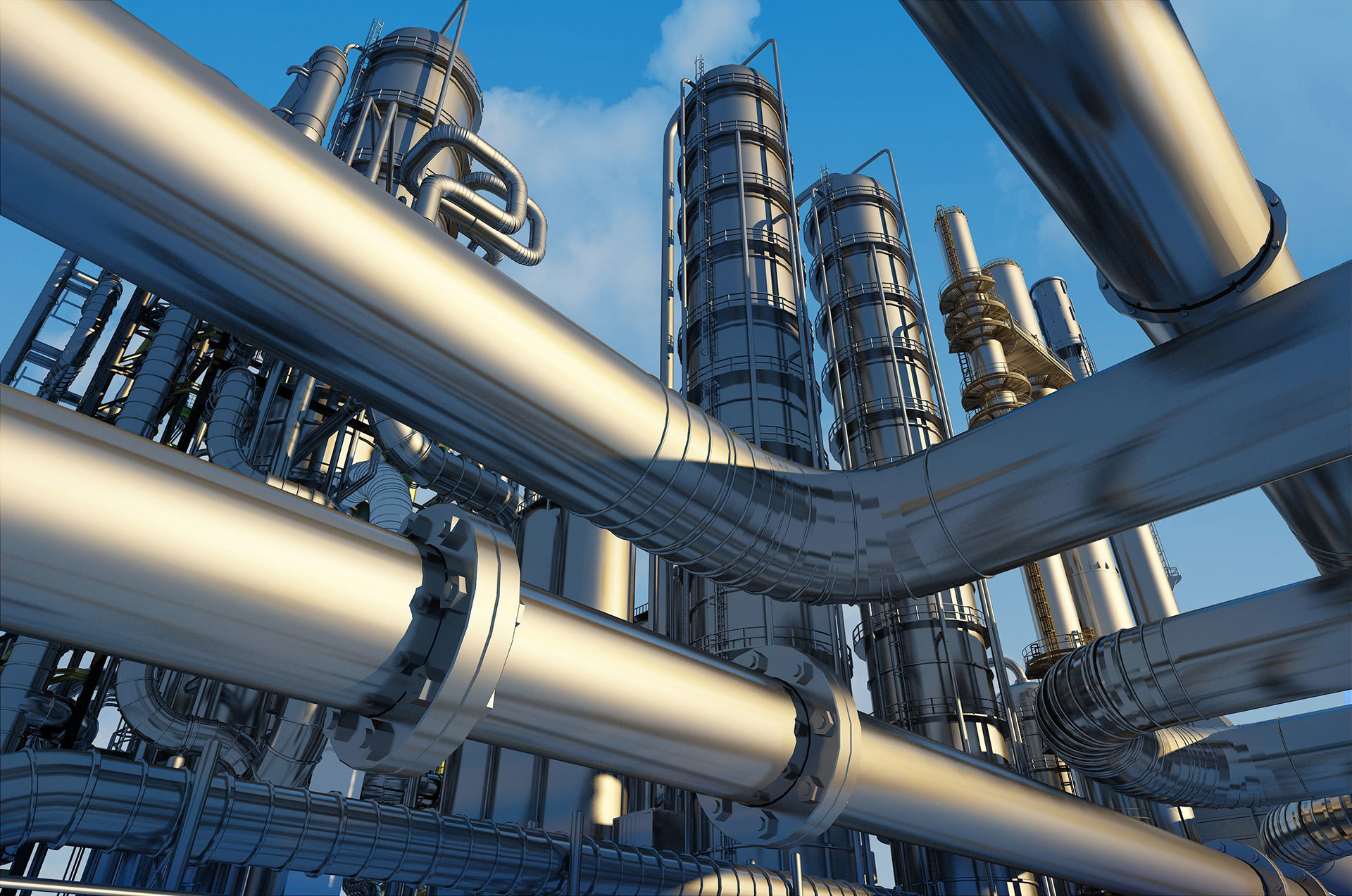The Essential Role of Pipe Bends and Fittings in Construction
Date:
2024-11-01
Pipe bends and fittings play a pivotal role in the construction industry, ensuring the efficient transport of fluids and gases throughout various systems
In the realm of construction, pipe bends and fittings are crucial components that ensure the seamless integration of various piping systems. These fittings serve multiple purposes, from changing the direction of flow to connecting different sections of pipes. Understanding their roles can significantly enhance the efficiency and durability of construction projects.

Types of Pipe Fittings
Pipe fittings are categorized based on their functionality and design. Below, we explore some of the most common types of fittings used in construction.
Elbows: Directional Changes in Pipes
Elbows are essential fittings that allow for directional changes in piping systems. They typically come in angles of 90° and 45°, enabling pipes to navigate around obstacles while maintaining a continuous flow. The design minimizes pressure loss, making elbows an integral part of efficient piping systems.
Tees: Connecting Multiple Pipes
Tees are fittings that connect three sections of piping, creating a junction that can direct flow in different directions. They are crucial in systems where multiple lines converge, allowing for seamless integration of various piping networks. The versatility of tees makes them a staple in both residential and commercial construction projects.
Reducers: Adjusting Pipe Diameters
Reducers are fittings used to connect pipes of different diameters. They allow for a smooth transition between pipe sizes, minimizing turbulence and pressure loss. This is particularly important in systems where the flow rate needs to be managed carefully, ensuring optimal performance.
Couplings: Joining Pipes
Couplings are fittings designed to join two pipes together, providing a strong and secure connection. They come in various types, including slip couplings and threaded couplings, catering to different installation methods and material compatibilities. Ensuring a proper coupling connection is vital to prevent leaks and maintain system integrity.
Importance of Pipe Bends and Fittings in Construction
The role of pipe bends and fittings in construction cannot be overstated. They contribute to the overall functionality and efficiency of fluid transport systems. Here are some of the key reasons why these fittings are indispensable:
1. Fluid Flow Control: Properly designed fittings facilitate controlled fluid flow, which is essential for both drainage and supply systems.
2. Space Optimization: By allowing for changes in direction, fittings help to optimize space in construction projects, enabling more efficient use of available areas.
3. Enhancing Durability: Quality fittings can reduce wear and tear on piping systems, extending their lifespan and reducing maintenance costs.
4. Safety Assurance: The right fittings help to prevent leaks and ruptures, ensuring the safety of the entire system and the surrounding environment.
Material Options for Pipe Fittings
When selecting pipe fittings, the material used plays a significant role in determining their performance and application. Below, we discuss common material options.
Metal Fittings
Metal fittings, often made from materials such as stainless steel, carbon steel, and brass, are known for their strength and durability. They are commonly used in high-pressure applications, including industrial and commercial plumbing systems. Metal fittings are resistant to corrosion and capable of withstanding extreme temperatures, making them ideal for challenging environments.
Plastic Fittings
Plastic fittings, usually made from PVC, CPVC, or ABS, offer excellent corrosion resistance and are lightweight, making them easier to handle and install. They are widely used in residential plumbing and drainage applications due to their cost-effectiveness and ease of use. However, they may not be suitable for high-temperature or high-pressure scenarios.
Applications of Pipe Bends and Fittings
Pipe bends and fittings find applications across various sectors within the construction industry. These applications include:
1. Residential Plumbing: Essential in water supply and drainage systems, ensuring efficient flow and connection between various plumbing fixtures.
2. Industrial Systems: Used in manufacturing facilities for transporting fluids and gases, contributing to efficient production processes.
3. HVAC Systems: Integral for directing airflow in heating, ventilation, and air conditioning systems, promoting optimal climate control.
4. Irrigation Systems: Employed in agriculture to manage water distribution effectively, ensuring crops receive adequate hydration.
Proper Installation Techniques
Correct installation of pipe bends and fittings is crucial for the longevity and efficiency of the piping system. Here are some best practices to consider during installation:
- Preparation: Ensure that all surfaces are clean and free from debris before making any connections.
- Use of Appropriate Tools: Employ tools that are designed for the specific type of fitting being used to avoid damage during installation.
- Follow Manufacturer Guidelines: Always adhere to the manufacturer's specifications and installation instructions for the best results.
- Testing for Leaks: After installation, conduct thorough testing to identify any potential leaks or weaknesses in the connections.
Maintenance of Pipe Fittings
Regular maintenance of pipe bends and fittings is essential to prevent failures and ensure optimal performance. Here are some maintenance tips:
- Routine Inspections: Periodically check for signs of wear, corrosion, or leaks to address issues before they escalate.
- Cleaning: Keep fittings clean and free of obstructions to maintain proper flow and prevent blockages.
- Replacement: Replace any damaged or worn fittings promptly to avoid system failures and ensure safety.
Pipe bends and fittings play a pivotal role in the construction industry, ensuring the efficient transport of fluids and gases throughout various systems. Understanding their types, applications, and proper maintenance can significantly enhance the durability and performance of piping systems. As construction projects continue to evolve, the importance of high-quality fittings will remain paramount in achieving functional and safe infrastructures.
Key Words:
Related News


